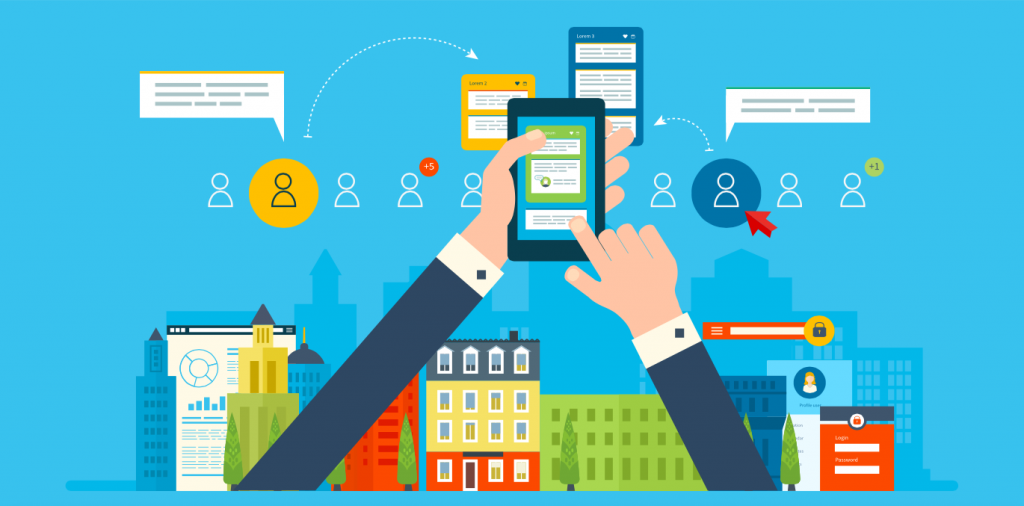If you work in government, you’re more than aware of the pressure agencies are under to make their platforms and services more digital. And while many organizations have done an excellent job of keeping pace with the trends of private-sector services, not all of these advancements are as customer-centric as they could be.
The importance of a customer-centric digital approach in government cannot be overlooked. Because of this, GovLoop’s most recent online training, Your Customer-Centric Approach to Digital Transformation, focused on just that. Greg Reeder, Technology Innovation Strategist at Adobe Systems Federal, and Renee Murray, Program and Contract Management Team Leader at the Mississippi Department of Information Technology Services, sat down with us to provide some steps for development that can help get your agency to where it needs to be.
Understand what makes a customer experience great. Great citizen engagement encompasses all four of the following qualities: consistency of platforms and communications, being intentional with interactions, a remarkable approach and possessing value for both the citizen and the government.
Make your digital platform compelling, personal and useful by ensuring that it’s accessible everywhere. That way, you can better engage with citizens and show them that your digital approach is geared toward making their lives easier.
Take a leap of faith. “Change is inevitable,” Reeder said. “Just like the New York City streets have gone from manure-filled to pavement-filled over time, technology drives change in our world. And while the pace of change is unknown, it’s important to jump right in, and don’t be scared.”
While Reeder’s advice may be easier said than done, it’s important to get started, in whatever capacity that may be. It’s true that technology has been a true driver of change in our world, and with an influx of data and information available, using efficient systems to deliver such material to the public is crucial in developing and maintaining strong relationships between citizens and their government. So go for it. You could soon have a customer-centric platform as refined and competent as Mississippi’s.
Make your own rules. Because technology moves faster than humans, many rules and regulations haven’t even been made yet, in regards to what can and cannot be done. To make the most of this innovative time in society, Reeder suggests forgetting the impossible and doing the things you’ve always wanted— but have maybe been afraid to do. There’s no one there to tell you no (yet), so take advantage of this time.
If you do it right, you could end up saving valuable resources. “Our commercial driving department implemented a new mobile application to allow drivers to update their medical cards from the road, so they didn’t have to go into an office, or spend hours on the phone, and that ended up saving us over 350 employee resource hours,” Murray said. By making web pages accessible on mobile devices and streamlining paperwork processes, agencies can truly become mission-centric and provide better services to their constituents.
Transparency is key. While it can be hard to balance new technologies and cloud-based solutions with a good security strategy, Murray emphasized that it is, in fact, possible to balance the two. “We make sure to continue to educate the public about how and why their information is secure,” she said. “We keep our interactions with citizens consistent and really use social media to our advantage to educate folks.”
By using Adobe platforms, and only having one payment portal, Mississippi is able to easily secure its web services and provide the public with access to documents and information using a simple process. Allowing residents to see spending, legislation and other information makes way for a strong government-citizen relationship built on mutual trust.
Remember that citizens are looking for simple and meaningful interactions with government entities. Keep in mind Adobe’s Law of Experiences: “Consumers’ expectations of the experience will double every year,” Reeder said. Change is happening all around us, and it’s important to do what you can to deliver the best customer-centric digital services to citizens.
